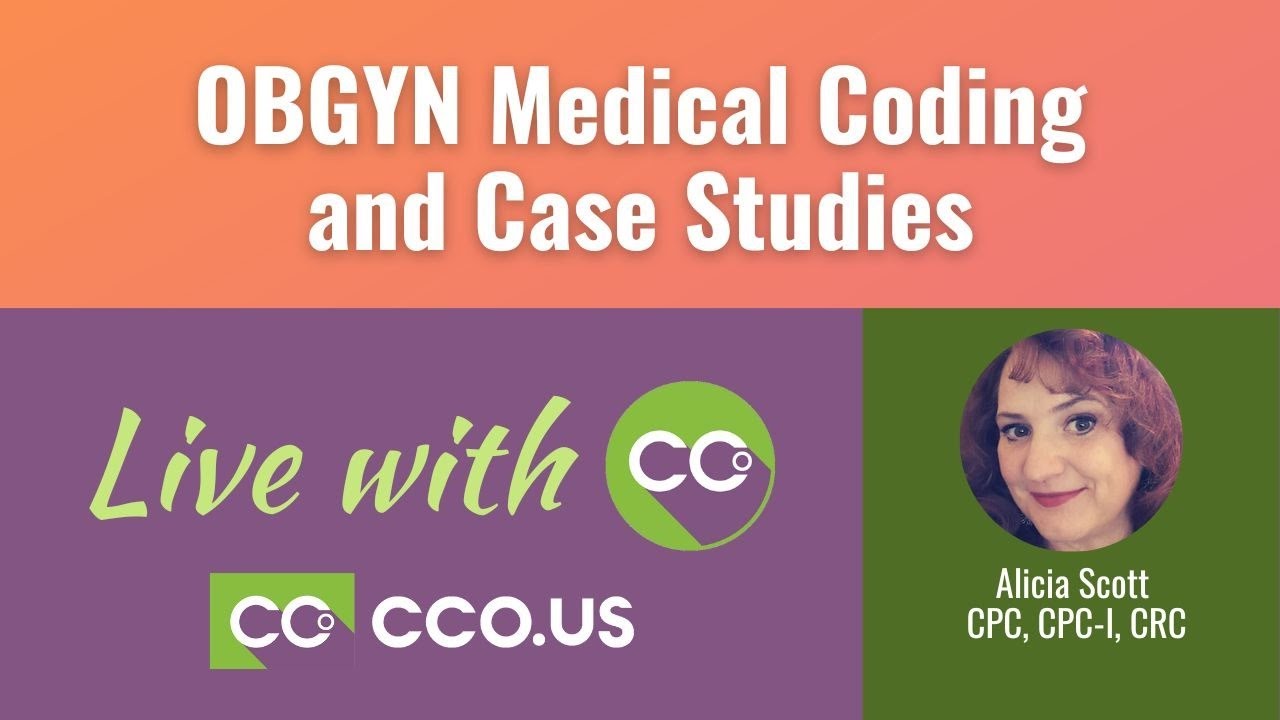NEW YORK (Reuters Health) – Cervical preparation with prostaglandins before outpatient hysteroscopy does not reduce pain in women of reproductive age, researchers from UK report in the July 29th online BJOG: An International Journal of Obstetrics and Gynaecology.
Clinicians commonly use prostaglandins in nonpregnant women in hopes of dilating the cervix and easing access to the uterine cavity for transcervical procedures like hysteroscopy, but the evidence is unclear whether this actually works to reduce the woman’s discomfort.
Dr. T. J. Clark from Birmingham Women’s Hospital, Birmingham, UK and colleagues performed a systematic review of 6 published studies in an effort to establish whether preoperative cervical priming is effective in reducing pain or the need for dilatation of the cervix during outpatient hysteroscopy.
In studies of premenopausal women, mifepristone given 30 hours before hysteroscopy did not reduce the pain of hysteroscopy, and the single high-quality study of misoprostol found no significant reduction in pain during hysteroscopy.
In one high-quality study of misoprostol, there was a significant reduction in pain for postmenopausal women given misoprostol before the procedure (but not for premenopausal women).
In 5 studies, priming and placebo did not differ with regard to the need for or degree of cervical dilation, with the exception of the amount of force required to dilate the cervix above 6 mm and the number of premenopausal women requiring dilatation above 6 mm.
Adverse effects did not differ significantly between vaginal prostaglandin and placebo groups.
“Prostaglandin use in outpatient hysteroscopy is not associated with an increase in procedure feasibility or safety, reinforcing the view that routine use of such agents before the procedure is not justified,” the investigators conclude.
“There are subgroups of women (previous cesarean section, nulliparous, postmenopausal, previous loop biopsy) who more often need dilatation of the cervix to facilitate passage of the hysteroscope,” the researchers note. “A well-designed clinical trial should concentrate on these subgroups to assess whether the use of prostaglandins provides a clinically significant reduction in pain, reduces the need for dilatation and incidence of genital tract trauma, and whether these benefits outweigh the potential harms (bleeding, laceration, abdominal cramping, fever).”
Reference:
Does cervical preparation before outpatient hysteroscopy reduce women’s pain experience? A systematic review
BJOG 29 July 2011






